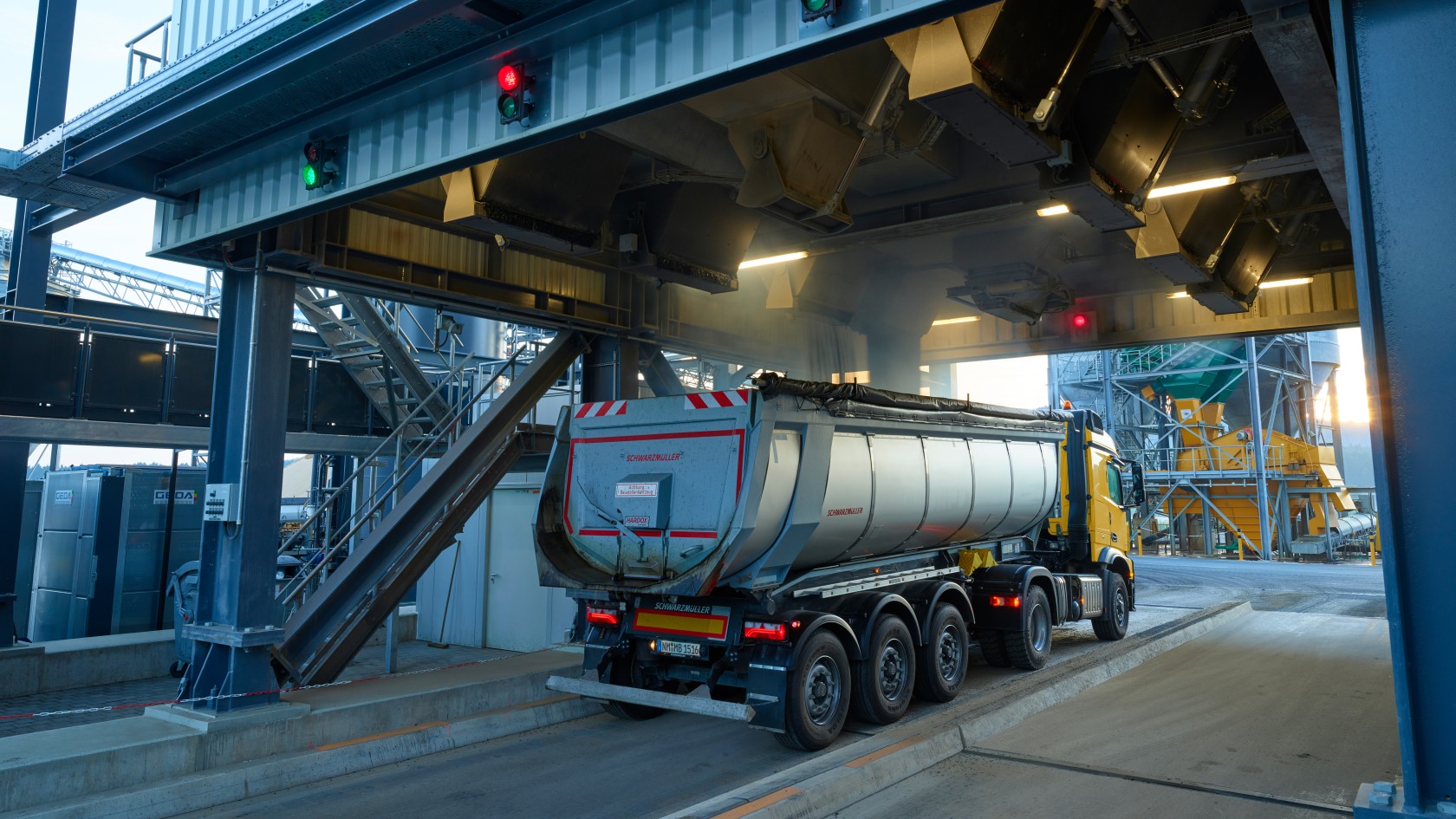Asphalt production


It's all in the mix! – Turning aggregates and bitumen into asphalt to build roads requires a thermal mixing process. An asphalt mixing plant is indispensable for this. Whether transportable or stationary – customised solutions from BENNINGHOVEN, the specialist for asphalt mixing plants, make any mixture a success.
BENNINGHOVEN plants discontinuously mix the precisely weighed components (mineral, bitumen, filler) of the asphalt mixture in batches as per the recipe in an asphalt mixer. This process is highly flexible because the mixture recipe can be changed for each batch. In addition, a higher mixing quality can be achieved due to the more precisely added quantities and adapted mixing times or mixing cycles.
Hot asphalt – low-temperature asphalt – cold asphalt
In the asphalt road construction sector, the mixture temperature is of crucial significance in terms of assuring high quality and securing a sustainable road life time. Benninghoven is continuously developing and implementing new technologies and processes, which are increasingly shifting the focus economic and ecological solutions. These ensure that the requirements of the current legislation and all demands of special applications can be met.
Hot asphalt has to have a processing temperature of at least 60 °C. Since the asphaltic mixture should not cool down on the way from the asphalt plant to the destination, a correspondingly complex transport chain with special-purpose vehicles is required. The use of the special-purpose vehicles have the effect that hot asphalt is often economically not viable and not feasible for small repairs.
The crucial difference compared to conventional hot asphalt is the processing and laying temperature. In figures, this is a temperature reduction of 20 – 40 °C. The accompanying effect in production and application include the improved energy balance and the reduced emissions during production as well as the lower workplace exposure during laying of the asphalt.
Learn moreCold mixtures are produced with unheated aggregates and bitumen emulsion or foam bitumen (EAPA). In contrast to hot asphalt, the cold asphaltic mixture can also be stored. Packaged in airtight containers, cold asphalt remains ready for processing even after months of storage. Cold asphalt only starts to harden once it has connection to the surrounding air. All these properties make cold asphalt the ideal material for smaller asphalt repairs.
Working more efficiently with sustainable and economical technologies is the challenge of today and tomorrow. Benninghoven offers a variety of innovative solutions for increasing sustainability in asphalt production.
Learn moreAsphalt production, recycling systems, combustion technology, control systems and bitumen technology – with BENNINGHOVEN technologies, every customer can find the right solution for their location, according to the specific requirements and conditions.
To the technologies